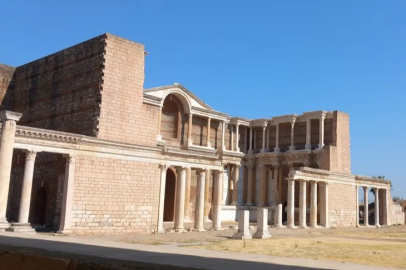Hava Durumu
TOURISMJOURNAL - Excavation Work haberleri, son dakika gelişmeleri, detaylı bilgiler ve tüm gelişmeler, Excavation Work haber sayfasında canlı gelişmelerle ulaşabilirsiniz.

